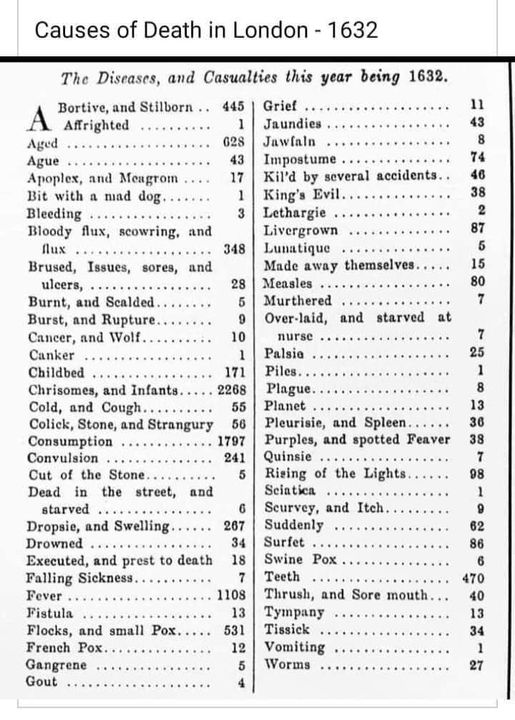this post was submitted on 01 Dec 2024
617 points (98.9% liked)
Science Memes
11466 readers
141 users here now
Welcome to c/science_memes @ Mander.xyz!
A place for majestic STEMLORD peacocking, as well as memes about the realities of working in a lab.

Rules
- Don't throw mud. Behave like an intellectual and remember the human.
- Keep it rooted (on topic).
- No spam.
- Infographics welcome, get schooled.
This is a science community. We use the Dawkins definition of meme.
Research Committee
Other Mander Communities
Science and Research
Biology and Life Sciences
- !abiogenesis@mander.xyz
- !animal-behavior@mander.xyz
- !anthropology@mander.xyz
- !arachnology@mander.xyz
- !balconygardening@slrpnk.net
- !biodiversity@mander.xyz
- !biology@mander.xyz
- !biophysics@mander.xyz
- !botany@mander.xyz
- !ecology@mander.xyz
- !entomology@mander.xyz
- !fermentation@mander.xyz
- !herpetology@mander.xyz
- !houseplants@mander.xyz
- !medicine@mander.xyz
- !microscopy@mander.xyz
- !mycology@mander.xyz
- !nudibranchs@mander.xyz
- !nutrition@mander.xyz
- !palaeoecology@mander.xyz
- !palaeontology@mander.xyz
- !photosynthesis@mander.xyz
- !plantid@mander.xyz
- !plants@mander.xyz
- !reptiles and amphibians@mander.xyz
Physical Sciences
- !astronomy@mander.xyz
- !chemistry@mander.xyz
- !earthscience@mander.xyz
- !geography@mander.xyz
- !geospatial@mander.xyz
- !nuclear@mander.xyz
- !physics@mander.xyz
- !quantum-computing@mander.xyz
- !spectroscopy@mander.xyz
Humanities and Social Sciences
Practical and Applied Sciences
- !exercise-and sports-science@mander.xyz
- !gardening@mander.xyz
- !self sufficiency@mander.xyz
- !soilscience@slrpnk.net
- !terrariums@mander.xyz
- !timelapse@mander.xyz
Memes
Miscellaneous
founded 2 years ago
MODERATORS
you are viewing a single comment's thread
view the rest of the comments
view the rest of the comments

Life expectancy from birth is easily the most misleading statistic in the history of the social sciences because it is a measure of central tendency (aka an average, specifically, a median) of a property (age at death) that not only has no central tendency but actually has the opposite of a central tendency, with values concentrated at the low end (infant and child mortality) and the high end (old age deaths). In almost all societies ever measured, the life expectancy from birth age is usually the age at which a person is least likely to die.
To add to its misleading nature: demographers usually use the value to express the life chances of the just-born cohort (up to age 5). Since they obviously can't wait 70 or 80 years until half of that cohort has actually died, they instead use curve-fitting to estimate life expectancy based on infant and child mortality actually experienced by the cohort. People often say that life expectancy from birth is misleading because it's heavily impacted by infant and child mortality, but this is not quite correct - it's actually entirely determined by infant and child mortality.